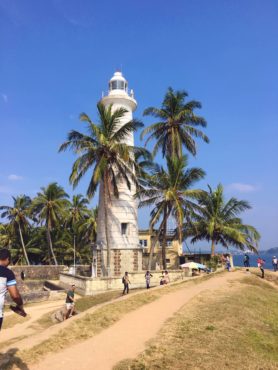
The name means “shining” or “glittering island.” Sri Lanka.
When you step off the plane in Sri Lanka, you’ll know you are on a tropical island. The air is perfumed with the scent of tropical flowers and pungent spices like turmeric, cinnamon and cardamom. The sun kisses your face and you can feel the moist ocean breeze.
Welcome to Sri Lanka, the tropical jewel of the Indian Ocean. Nine years after the end of a bloody civil war and 14 years after the 2004 tsunami cost so many lives, tourism if booming here. But the tourists are rarely American: mostly Russian, German and British.
It’s not easy reaching Sri Lanka from the United States. But don’t let that stop you. It’s worth the effort to embrace the culture, history, beaches and spicy food, and most of all, to get to know the friendly, beautiful and happy people.
Driving in Sri Lanka takes some major chutzpah. So you might want to check out some of the other options. The trains are good and many visitors use them exclusively to get around the country, although the train does not go to all locations.
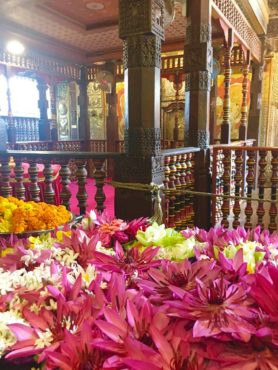
There is also a wide range of buses available to every destination, but be aware the bus drivers can drive very erratically. Personal drivers, guides and taxis are another option — providing a one-on-one experience and flexibility.
However you choose to get around, the island is not huge (about the size and shape of the state of Georgia) and a two-week itinerary will provide you plenty of time to enjoy the highlights.
Sigiriya — Lion Rock is a fascinating UNESCO World Heritage Site in the Central Province of Sri Lanka. It is a not-to-be-missed historic relic from the fifth century. This rock fortress is where King Kasyapa built his palace on top of a 660-foot-tall rock.
A huge, carved lion once adorned the entrance to the fortress. Today, only the feet of the giant lion remain but climbing 1,200 steps to this ancient castle in the sky may well be one of Sri Lanka’s most unforgettable experiences.
Golden Temple of Dambulla — a short distance from Sigiriya, this is another incredible UNESCO site. Accessed via stairs on top a 500-foot rock, this Buddhist temple is the best-preserved cave temple complex in the country.
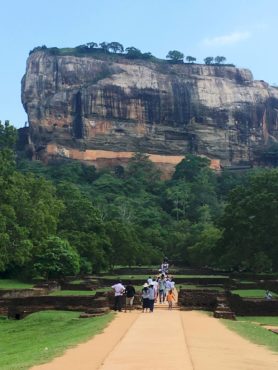
Eighty documented cave temples in the area date back to the first century. Five are accessible and visitors can enjoy remarkable, ancient ceiling paintings on the contours of the cave as well as more than 70 Buddha statues.
Minneriya National Park — also in the Central Province, this is an exciting place to spend the day with a guide to see the hundreds of Asian elephants that make their home in this beautiful park. It’s guaranteed you will see these giant and beautiful creatures as they wander the park in herds.
Tea Plantation and Factory — tea plays a major role in Sri Lanka’s history and today, it is the biggest economic export for the country. During the British occupation, the island was known as Ceylon, and Ceylon tea today is known the world over.
Tea grows throughout the country, with different qualities and flavors derived from different elevations and regions. Just seeing the miles and miles of terraced tea plants across the hillside, dotted with colorfully clad Sri Lankan women picking the tea leaves, is a sight itself. But delve further by touring one of a handful of factories that have a special permit for tours. The tour will show you all the steps from planting to drinking the specialty teas that Sri Lanka takes such pride in.
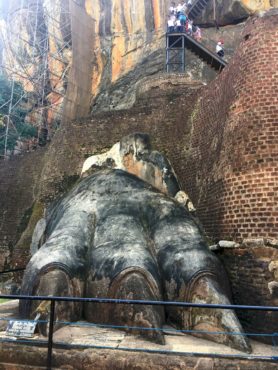
Temple of the Tooth Relic — located in in the historic city of Kandy, this is the most revered site in Sri Lanka for Buddhists. Housed in the former Kingdom of Kandy Palace complex, the tooth relic of Buddha brings hundreds of believers daily to the temple.
Try to visit on a Wednesday, when the relic is bathed in holy water and scented flowers — you won’t actually see the relic but you will marvel at the tens of thousands of colorful flowers as well as the brightly dressed locals who come to pray, have their newborns blessed and partake of the healing powers of the holy water.
Be sure to stay the night in Kandy and get a ticket to the authentic and very entertaining Kandy Culture Show, performed nightly at the Red Cross Building. A very enthusiastically performed dance, music and fire-walking presentation, considered the best in the country.
Yala — make your way to the southeast corner of this island nation for a day or two at Sri Lanka’s most-visited national park. You’ll need a guide to enter the park and enjoy the safari.
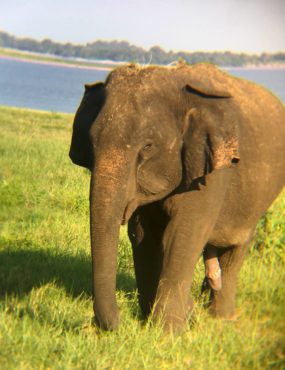
If you are lucky, you’ll see the famous Sri Lanka leopard. Yala has one of the highest leopard densities in the world. Even if you don’t see a leopard — and you probably will — the park is also home to the sloth bear, Asian elephant and a variety of roaming deer and crocodiles, as well as many birds. Yala is a must-see local destination.
Galle Fort — located in the southwest corner of the country, the fort has a long history. The Portuguese first built the fort in 1588, and the Dutch came in the 1700s and reinforced it.
Today, many Dutch people still own property in the town. The fort has been restored since the 2004 tsunami and is a wonderful walk through history, including a walk on the ramparts that face the Indian Ocean.
Hikkaduwa — you can’t visit Sri Lanka without spending time at the beach, and Hikkaduwa is a favorite beach destination. Just northwest of Galle, the Hikkaduwa Beach and the Narigama Beach offer great swimming, surfing and sunbathing and have many shops and restaurants within easy access.
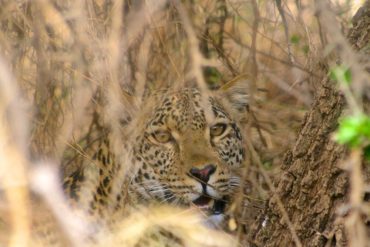
You should also visit the early-morning fish market in nearby Dodanduwa, where overnight fishermen in the traditional Oruwa catamaran boats sell the night’s catch to locals and restaurants.
In Hikkaduwa, don’t miss the tiny and privately run Tsunami Memorial Museum as well as the beautiful giant Buddha memorial statue, a gift to the people from Japan. The statue marks the site where 2,000 people lost their lives on that fateful day in 2004 when the tsunami swept away a train — the worst rail disaster in history.
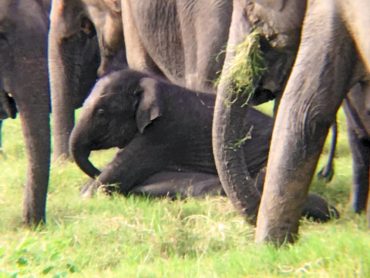
The Sri Lankan people have bounced back from the tragedies of that day when more than 50,000 people lost their lives. They are some of the friendliest, kindest and most hospitable people you will ever meet. Through many trials, including the British overthrowing and massacring their rulers in the Uva Rebellion in the 1800s, a civil war that ended in 2009 and the tsunami of 2004, the Sri Lankan people have survived.
Sri Lanka was renamed in 1972 when it became independent of the British Commonwealth. It was a shining moment for this nation — the Shining Island, Sri Lanka.




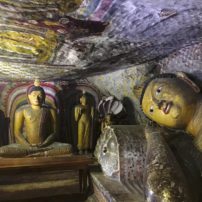
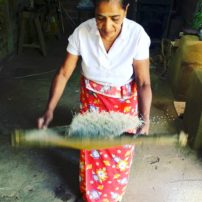
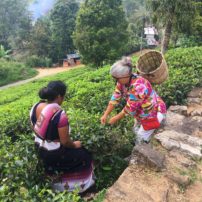
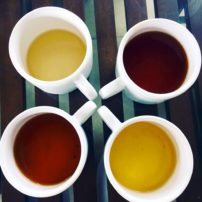
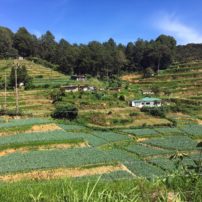
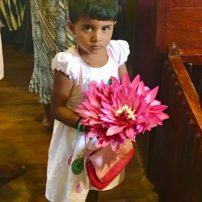
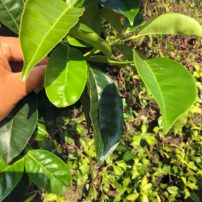
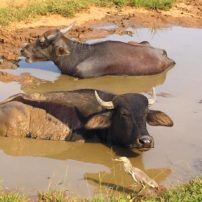
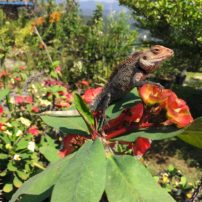
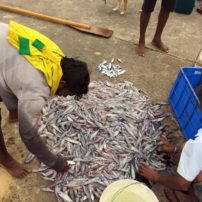
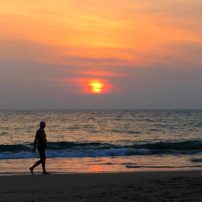
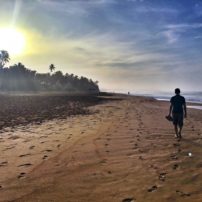
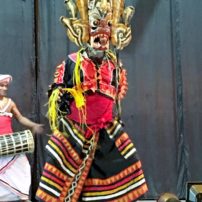
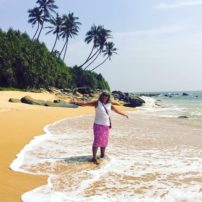
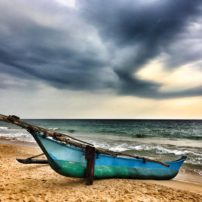
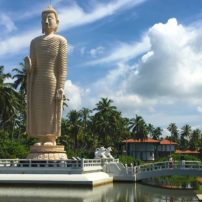

























Comments